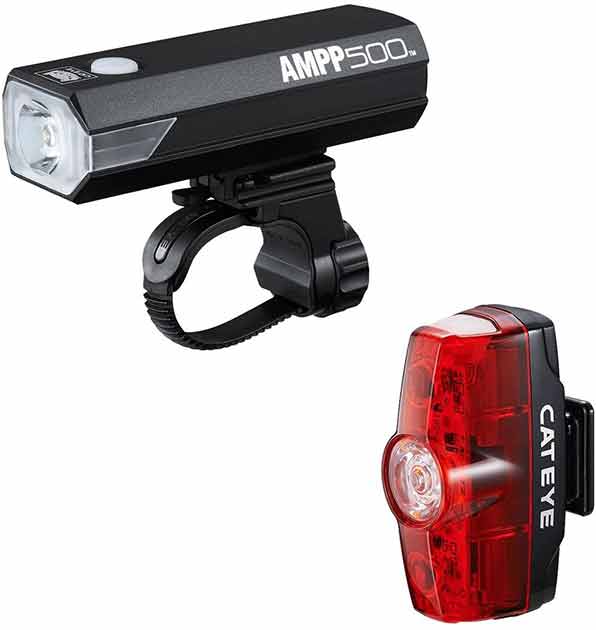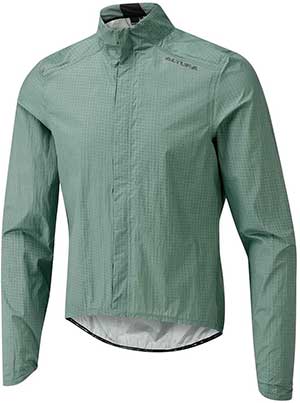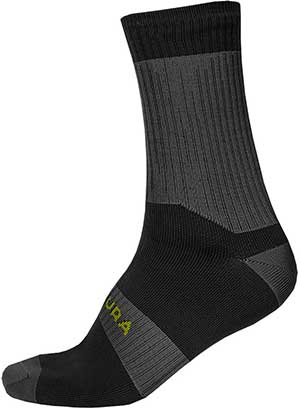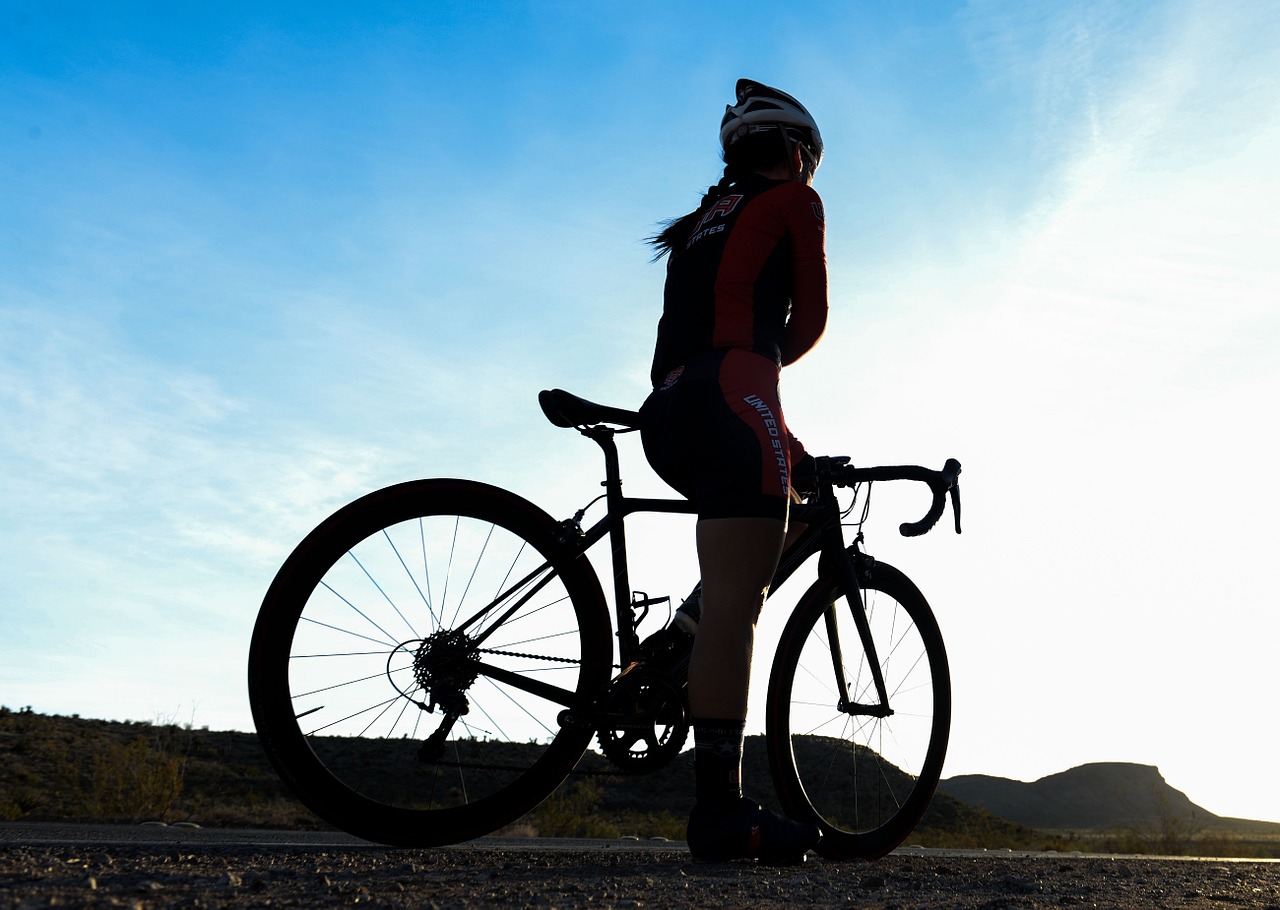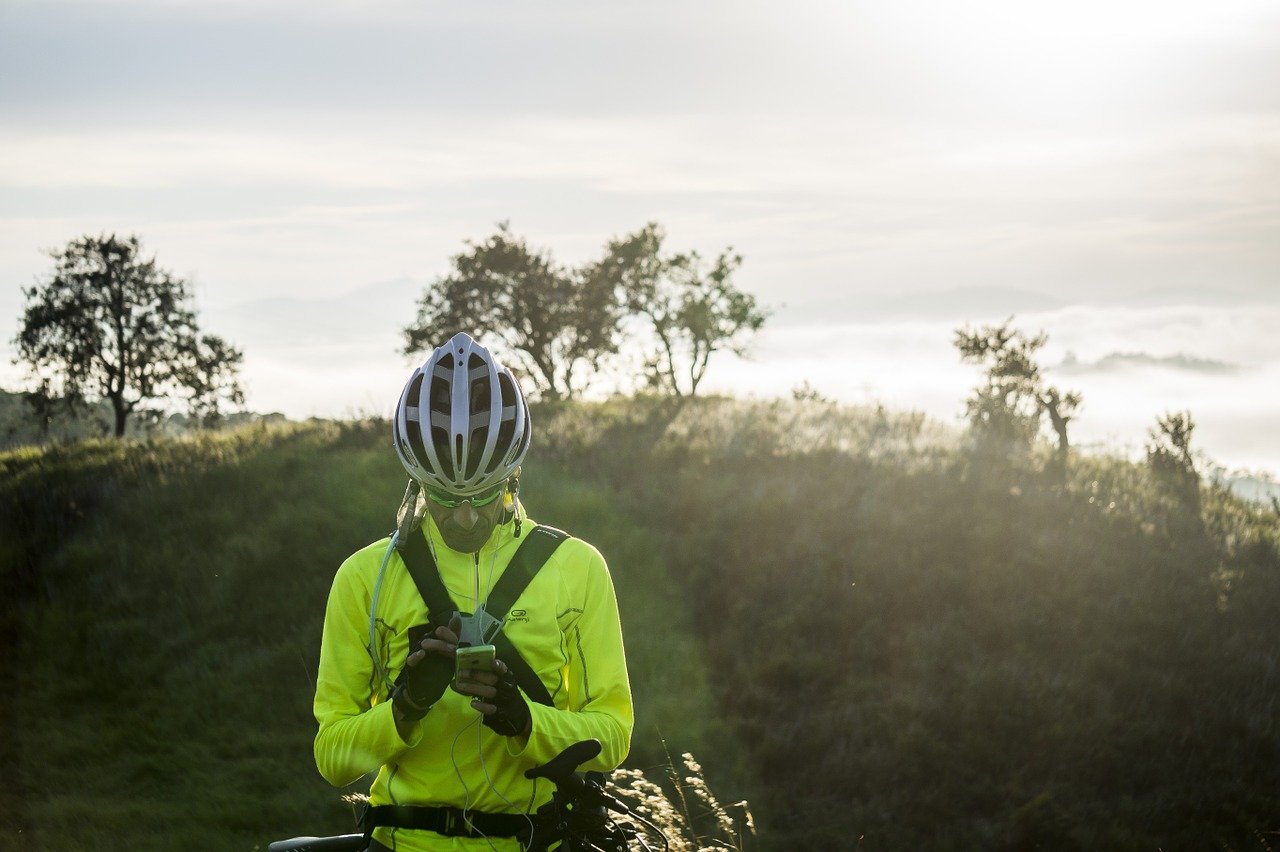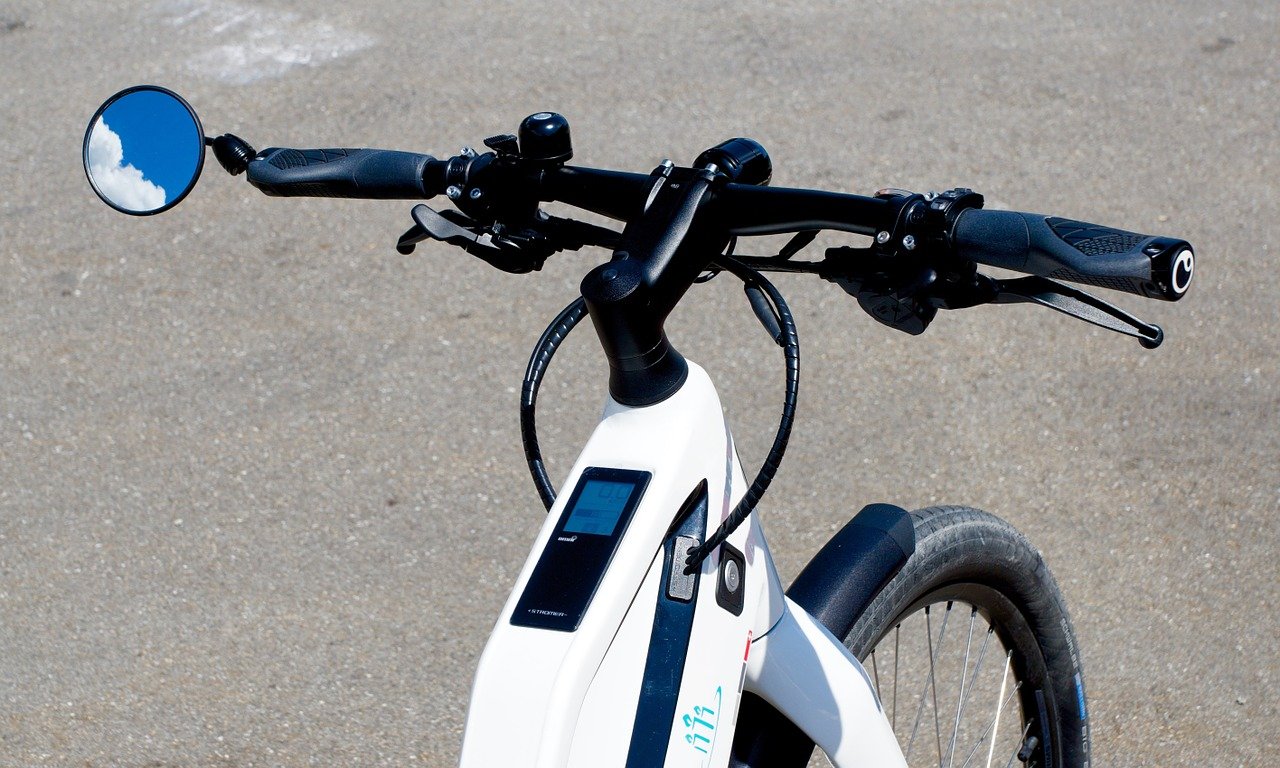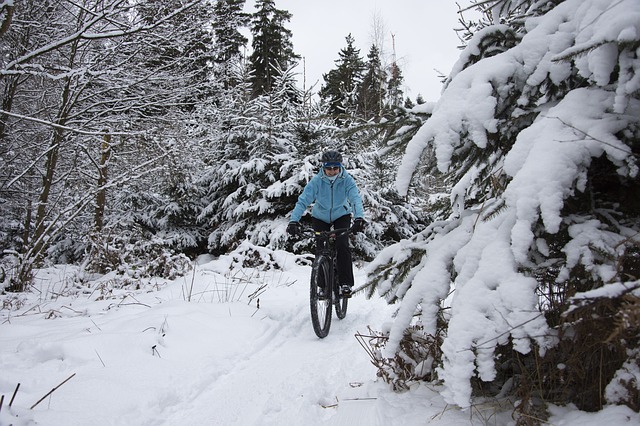Introduction
When the winter months arrive you can either switch to indoor training or embrace the cold weather. I really enjoy winter riding, the routes are quieter, I love the coldness of the air when you breathe and the views of fields with early morning mists are a joy to behold.
One of my favourite ever bike days out was when I got caught in a heavy snow storm. Luckily I was off road so no cars to worry about so I just had the full benefit and unique experience of cycling through snow.
But there is the obvious problem Winter riding brings, the plunging temperatures, harsh winds and icy rains. And the solution to this is to wear the appropriate clothing and incorporate layers into what you wear! Layering is key to temperature management, layer up for the coldest weather, then be prepared to stow away garments like gilets and warmers if it warms up.
Visibility
A key safety feature of cycling is make sure you can 'be seen' and a set of lights not only light the path ahead at night they make you visible to all around. An essential item for winter riders with shorter days and darkness descends quite quickly.
Reflectors - Winter brings low light levels so even if you out in the day reflective clothing is needed to help you be seen.
Food/Snacks
All that energy cycling will mean at some point you will need to refuel. So packing some snacks is advisable and gels/energy bars are a great way to fuel up on the go. Alternatives to branded energy snacks are packs of Jelly babies and flapjacks.
Repair
The most likely repair issue you will encounter on a ride is a puncture but any repair in Winter takes on a sudden urgency as the cold quickly takes effect. Planning for such an instance is best so options could be phone family/friend for a pickup, make sure you have a Taxi companies number that can take your bike as well or even have local Bike shops searchable so you could drop in for an emergency repair.
If there's no alternative then you will need to fix the issue so make sure you pack the essentials of Bike Tool/ Repair Kit/Bike Tyres/Pump/Spare inner tubes.
Thermal Gloves
No right minded cyclist is going to ride out in the winter without their gloves on. But in the Winter months with hands gripped tightly to the handlebars as chilled winds blast against them you will quickly realise that normal cycling gloves aren't sufficient for the job. So make sure you switch to thermal waterproof gloves for the colder days.
Packable Rain Jacket
You set off on your all day ride in glorious sunshine, but this is the UK so that could change at any time. Don't get caught out, a good waterproof/windproof packable jacket will save the day and help get you home safe and dry.
Waterproofing
You cant escape the rain so best to prepare for it. As well as the above packable rain jacket, bib tights with a durable water-repellent coating and protective accessories like weather-resistant overshoes and waterproof headwear for under your helmet. Also waterproof socks are a must for me, ride once with wet soggy feet and you will fully understand their importance and the value of a good pair.
Mudguards
As well as protecting from the falling rains you also need to protect from the spray off the wet ground. Everyone at some point must of seen the poor cyclist riding without mudguards on a wet day with a long streak of mud and water up their back. So if your bike isnt prefitted with mudguards then get them on.
Storage
So the best advice when cycling is to be prepared and to take all the above items you'll need to store it somewhere. Backpacks are the easiest storage solution but can be uncomfortable especially on hot days. Luggage racks and pannier bags are great for commuters and on-bike storage solutions like saddle and frame bags are a great way to carry the things you need.
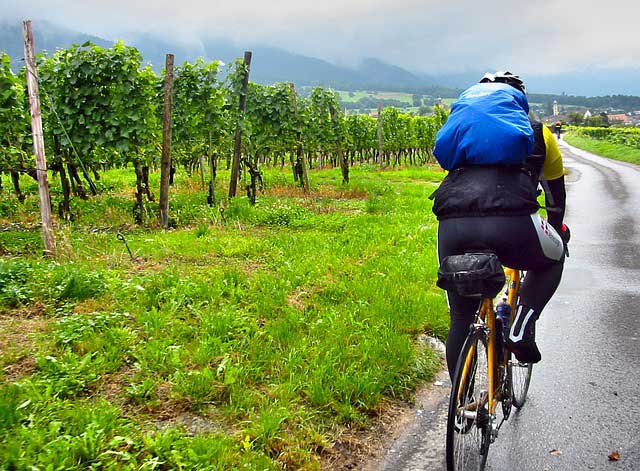
 SCENIC
SCENIC 